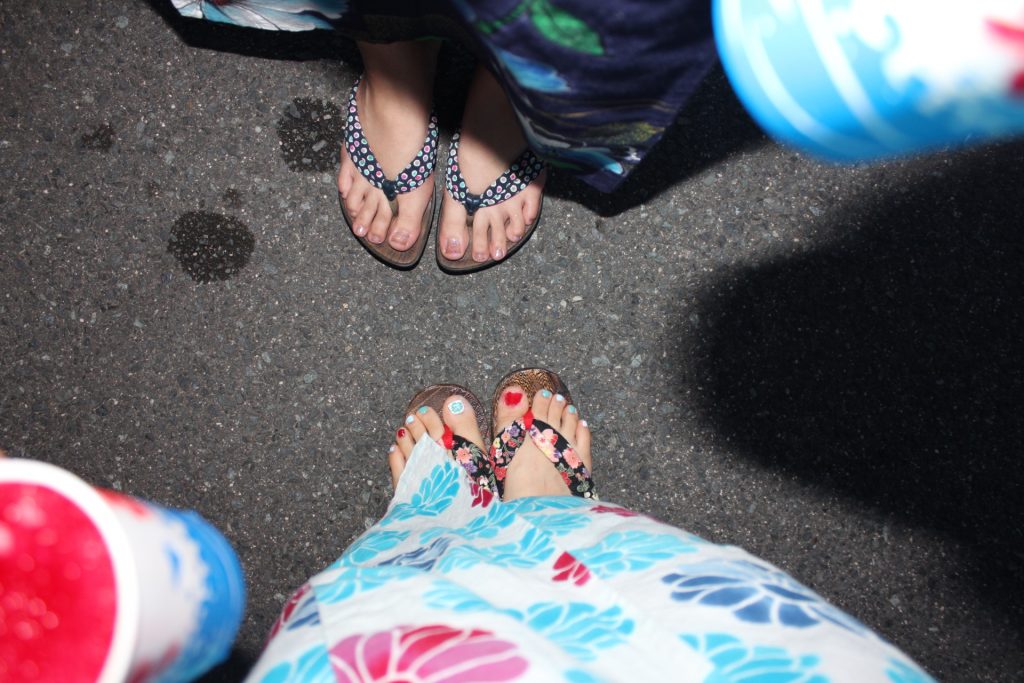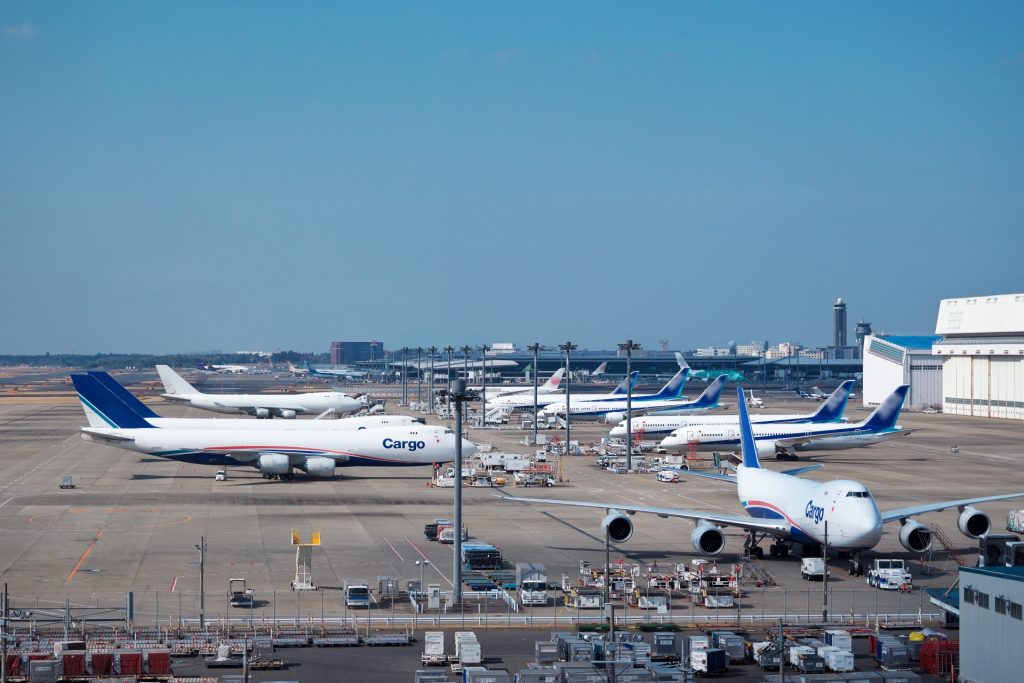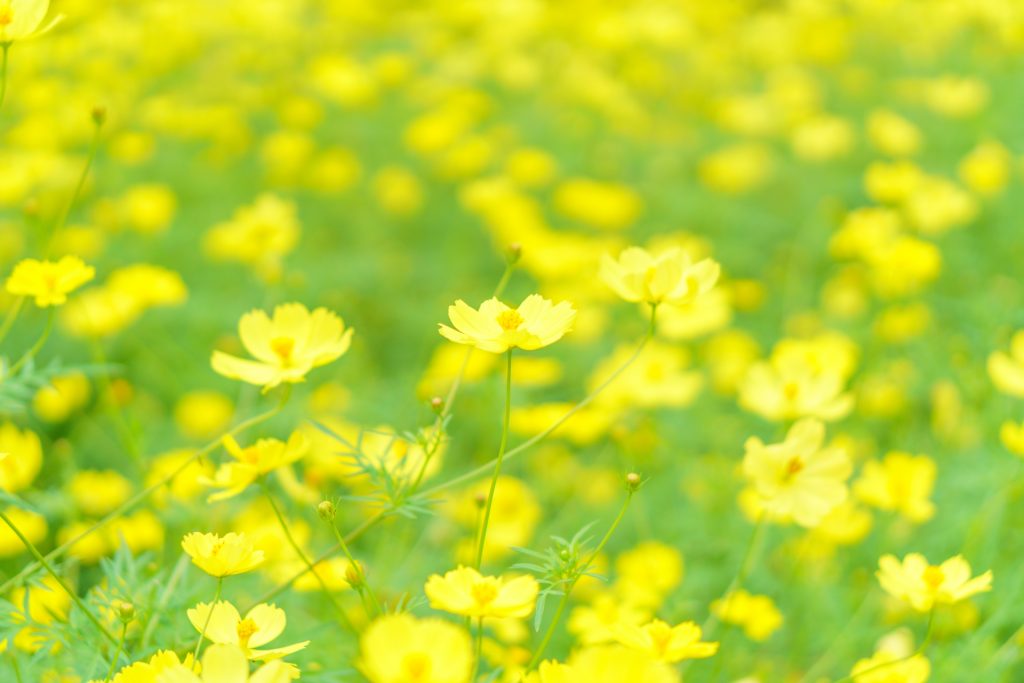
- Origin and history of Naritasan Tenmangu
- Location and access method of Naritasan Tenmangu Shrine
- Festivals and Annual Events at Naritasan Tenmangu Shrine
- Religious significance and faith of Naritasan Tenmangu Shrine
- Charm of Naritasan Tenmangu as a power spot
- Sightseeing spots around Naritasan Tenmangu Shrine
- Recommended season and time to visit Naritasan Tenmangu
- Worship etiquette and points to note when visiting Naritasan Tenmangu Shrine
Origin and history of Naritasan Tenmangu
Naritasan Tenmangu Shrine is a shrine located in Narita City, Chiba Prefecture, and is dedicated to Sugawara no Michizane. Below is an overview of the origin and history of Naritasan Tenmangu Shrine:
Origin: The origin of Naritasan Tenmangu can be traced back to Michizane Sugawara. SUGAWARA no Michizane was a Heian period scholar, politician, and civil official who was demoted in the 7th year of the Jogan era (865) and was involved in a political dispute at the Imperial Court, exiled far away from Kyoto to Dazaifu in Kyushu. it was done.
After spending a few years in Dazaifu, Sugawara no Michizane resigned from his post after the end of the Tengyo War (940-941), when he was accused of being the ringleader of the Tengyo War. , passed away on the way to Tokyo. After his death, his followers built many temples to honor him.
History: Naritasan Tenmangu Shrine is said to have been founded in 1191 by Yoritomo Minamoto. Yoritomo, the founder of the Kamakura Shogunate, built Tenmangu Shrine on Mt. Narita to restore the honor of Michizane Sugawara. As a result, Naritasan Tenmangu Shrine became widely known as a shrine dedicated to Michizane.
Naritasan Tenmangu Shrine has attracted many worshipers since the Kamakura period, and has developed with donations and patronage from successive shoguns, members of the imperial family, and influential samurai. In addition, many historical buildings and beautiful gardens remain inside the temple, making it a place visited by many worshipers and tourists.
Naritasan Tenmangu is revered as the god of learning in Japan, and is famous for being visited by students and students wishing to pass exams and achieve academic success. In addition, there are many worshipers seeking benefits such as prosperous business and family safety.
Naritasan Tenmangu Shrine is loved by many people as one of Japan’s important cultural heritage sites, where the beauty of nature and the depth of faith are harmonized with the historical background.

Location and access method of Naritasan Tenmangu Shrine
Naritasan Tenmangu Shrine is located in Narita City, Chiba Prefecture. Below is an overview of how to get to Naritasan Tenmangu Shrine:
Address: 349 Hanazakicho, Narita City, Chiba Prefecture 286-0025
By train:
- Keisei Electric Railway Narita Airport Line: About 10 minutes from Narita Airport Station to Keisei Narita Station by express or limited express train. About 15 minutes on foot from Keisei Narita Station.
- JR Narita Line: About 25 minutes on foot from JR Narita Station.
By bus:
- Bus from Narita Airport: From Terminal 1 or Terminal 2 of Narita Airport, take a bus bound for “Naritasan Shinshoji Temple” and you will arrive in about 15 minutes.
- Bus from Keisei Narita Station: Take a bus bound for “Naritasan Shinshoji Temple” from the north exit of Keisei Narita Station, and you will arrive in about 10 minutes.
By car:
- Higashi-Kanto Expressway: About 15 minutes from Narita IC.
- Shutokukan-Chuo Renraku Jidoshado Expressway: About 15 minutes from Narita Chuo IC.
Notes:
- Access times may vary depending on traffic conditions and the season, so it is recommended to check the latest traffic information before visiting.
- Parking may be limited around Naritasan Tenmangu, so consider using public transportation.
- It is also important to check the business hours before visiting Naritasan Tenmangu Shrine.
Naritasan Tenmangu Shrine is close to Narita Airport and is conveniently located for tourists and worshipers. It is popular with many people as a place where you can not only feel the local history and culture, but also enjoy the traditional atmosphere of Japan.

Festivals and Annual Events at Naritasan Tenmangu Shrine
Various festivals and annual events are held at Naritasan Tenmangu Shrine throughout the year. Here are some representative festivals and events:
- Setsubun Festival (February 3): A festival held on the day of Setsubun, in which demons and lucky beans (mamemaki) appear. It is an event to drive away demons and attract good fortune by shouting, “Oni wa soto, fortune wa uchi,” while worshipers throw beans.
- Naritasan Taisai (April 14th to 16th): This is the most important annual event held at Naritasan Tenmangu Shrine, and is held on a grand scale over three days. In addition to enjoying mikoshi togyo, bugaku, night stalls, etc., it is crowded with many worshipers.
- Tanabata Festival (July 7th): This is a festival held on the day of Tanabata, and it is customary to write wishes on strips of paper. People hang strips of paper with their wishes on bamboo branches and pray for their wishes to come true.
- Sunflower Festival (Late July – Early August): Sunflower fields bloom in the precincts of Naritasan Tenmangu Shrine and are crowded with tourists and locals. It is a festival where you can see beautiful sunflowers.
- Reitaisai (September 25th to 27th): An autumn festival at Naritasan Tenmangu Shrine, held close to the day of the autumnal equinox. You can enjoy mikoshi togyo, bugaku, and food stalls.
- Otsukimi (full moon day in September): On the day of the moon viewing, a moon-viewing event is held in the precincts of Naritasan Tenmangu Shrine, where worshipers can enjoy dumplings and tea while gazing at the moon. .
These festivals and events are great opportunities to experience the history and culture of Naritasan Tenmangu. Before visiting, it is recommended to check the schedule and details of the event and check the latest information.

Religious significance and faith of Naritasan Tenmangu Shrine
The religious significance and beliefs of Naritasan Tenmangu are related to the main enshrined deity, Sugawara no Michizane. Below is a detailed explanation of the religious significance and beliefs of Naritasan Tenmangu Shrine:
1. Sugawara no Michizane and the god of learning: Sugawara no Michizane was a scholar, politician, and civil official during the Heian period, and is revered as the “god of learning” for his contribution to the development of culture and learning. He was a talented politician who lived during the Tang Dynasty of China, and is also known as a scholar who excelled in poetry and literature. His outstanding talent and ethical character are rooted in his faith in his knowledge, academic advancement, academic success, and prayers for school entrance exams.
2. The Myth of Sugawara no Michizane and Naritasan Tenmangu Shrine: Sugawara no Michizane died in 880 before his death, and about 70 years later, in 950, it was enshrined as Tenjin Shinko. After that, Naritasan Tenmangu Shrine was built and became widely known as a shrine dedicated to him.
Naritasan Tenmangu Shrine is said to have been built in 1191 during the Kamakura period to restore his honor and show respect. Yoritomo respected Sugawara no Michizane and built Tenmangu to honor his achievements and held a memorial service for his spirit. As a result, Naritasan Tenmangu Shrine became an important place of worship as a protector of learning and culture.
3. Faith of students and examinees: Naritasan Tenmangu Shrine is especially popular among students and examinees as the god of learning. During the exam season, many students and prospective students visit Naritasan Tenmangu Shrine to pray for success and academic achievement. In addition, it is common to make prayers before entrance, graduation, and exams.
4. Faith for prosperous business and family safety: Naritasan Tenmangu Shrine is known not only for the god of learning, but also for prosperous business, family safety, and warding off evil. Many visitors come here to pray for prosperous business and family health and happiness.
These faiths are rooted in gratitude and respect for Sugawara Michizane’s great achievements, human qualities, and academic enthusiasm, and are a source of emotional support for many Japanese people. Naritasan Tenmangu Shrine continues to be a special place loved by many worshipers with gratitude and hope for learning and knowledge.

Charm of Naritasan Tenmangu as a power spot
Naritasan Tenmangu is also attractive as a power spot. Below are some of the charms of Naritasan Tenmangu Shrine as a power spot:
1. Prayers for academic achievement and passing exams: Naritasan Tenmangu Shrine is a place where Michizane Sugawara, the god of learning, is enshrined, and it is a popular power spot for students and students preparing for exams to pray for academic achievement and passing exams. Many students and prospective students visit the temple to earnestly pray for an increase in the pass rate and success in the exam.
2. Prayers for prosperous business and success: Naritasan Tenmangu Shrine is not only believed to be the god of learning, but also a place to pray for prosperous business and success. Many managers and business people visit the shrine to pray for better results in business and work, and for success in business.
3. Family safety and warding off evil: Naritasan Tenmangu is also a place of worship for family safety and warding off evil. Many people visit this shrine to pray for peace and happiness in their homes and to ward off evil spirits.
4. Healing and peace of mind: The precincts of Naritasan Tenmangu Shrine are surrounded by nature, creating a quiet atmosphere. Worshipers can find peace of mind here, and in some cases a break from everyday stress. You will be able to cleanse your mind and return to your daily life with a new feeling.
5. Powerful power spot: Naritasan Tenmangu Shrine is also popular as a powerful power spot that is said to amplify its energy because many worshipers visit it. It is said that many people share positive energy and when it gathers, they can feel stronger power.
Due to these attractive features, Naritasan Tenmangu has been loved by many people and has become known as a power spot. Combined with its religious significance, it serves as a place for personal wishes and prayers, making it a special place for worshipers seeking physical and mental healing and fulfillment.

Sightseeing spots around Naritasan Tenmangu Shrine
There are many sightseeing spots around Naritasan Tenmangu Shrine. The area around Narita City is rich in tourist attractions, dotted with places where you can enjoy traditional Japanese culture and the beauty of nature. Here are some of the most popular tourist attractions:
- Narita International Airport: Japan’s major international airport, located near Naritasan Tenmangu, attracts many travelers from all over the world. As a base for sightseeing in Japan, there are plenty of shopping facilities and restaurants around Narita International Airport.
- Naritasan Shinshoji Temple: Together with Naritasan Tenmangu Shrine, it is a famous place that represents Narita City and has a long history. Shinshoji Temple is a Buddhist temple with traditional buildings such as the main hall and five-storied pagoda.
- Narita Park: With a large pond, beautiful flowers, and seasonal scenery, this park is perfect for a stroll or picnic. In addition, collaboration events with Naritasan Shinshoji Temple may also be held.
- Tomisato City Museum of History and Folklore (Tomioka Hachimangu Shrine): A museum in Tomisato City where exhibits related to history and folklore are held. Recommended for those interested in local history and culture.
- Sanbanso Park: A park with a calm atmosphere within walking distance from Naritasan Tenmangu Shrine. You can relax in a quiet natural environment.
By visiting these sightseeing spots together with Naritasan Tenmangu Shrine, you can fully enjoy the charm of Narita City. In addition, there are many local restaurants and souvenir shops around Narita City, where you can enjoy the local taste. When visiting, be sure to check out not only Naritasan Tenmangu but also the surrounding attractions.

Recommended season and time to visit Naritasan Tenmangu
The recommended seasons and times to visit Naritasan Tenmangu are as follows:
- Spring (March to May): Spring is the season for cherry blossoms, and cherry blossoms bloom beautifully in and around Naritasan Tenmangu Shrine. Especially early April is the best time to see the cherry blossoms, and cherry blossom tunnels and cherry blossom viewing events are sometimes held. In the spring season, the climate is mild, and you can enjoy worshiping with the scent of flowers.
- Summer (June to August): Summer is the season when the area around Naritasan Tenmangu Shrine is full of greenery. You can fully enjoy nature in the gardens of the precincts and Narita Park. Summer is the tourist season, and you can enjoy events such as summer festivals and bon dances held in the precincts.
- Autumn (September to November): Autumn is the season for red leaves, and you can see the red leaves in and around Naritasan Tenmangu Shrine. Especially early November is the best time to visit, and you can visit with beautiful autumn leaves in the background. In addition, autumn is suitable for sightseeing because the weather is stable and the temperature is comfortable.
- Winter (December to February): Winter is the season when the precincts of Naritasan Tenmangu Shrine have an atmosphere. Especially during the year-end and New Year holidays, the temple is crowded with many worshipers, and events such as the ringing of the bells on New Year’s Eve are also held. You can also perform hatsumode in a solemn atmosphere.
Naritasan Tenmangu Shrine is a place where you can enjoy beautiful scenery and events throughout the four seasons, and is worth visiting in any season. However, the number of tourists is expected to increase, especially during the cherry blossom and autumn leaves seasons, so we recommend visiting early to avoid crowds. Also, be sure to dress appropriately for the weather and season to make your visit more comfortable.

Worship etiquette and points to note when visiting Naritasan Tenmangu Shrine
Here are some points to keep in mind when visiting Naritasan Tenmangu Shrine:
1. Dress: Dress appropriately when visiting the shrine. It can be hot in summer and cold in winter, so dress appropriately for the season and be comfortable. Also, Naritasan Tenmangu Shrine is a sacred place, so please avoid wearing revealing or inappropriate clothing.
2. Quiet demeanor: The temple grounds are quiet, so please avoid loud conversations and fussing. In order for the surrounding worshipers and believers to worship quietly, please try not to disturb other people.
3. Purify your hands at the chozuya: There is a custom to purify your hands at the chozuya before visiting the shrine. To use the temizuya, follow the steps of “draw water with your left hand, wash your left hand with your right hand, and then rinse your mouth with your right hand again.” This hand-washing is an act to purify oneself, and by doing it before visiting the shrine, one can stand in front of the shrine with a clean feeling.
4. Worship at the main shrine: When visiting the main shrine, take off your shoes and walk on the paved area of the precincts. When you take off your shoes, pay attention to where you put your shoes and put them in an orderly manner.
5. About photography: Naritasan Tenmangu is a place with beautiful scenery, but please be careful not to disturb other worshipers when taking pictures. In particular, refrain from taking pictures in the main shrine and other sacred places. In addition, it is necessary to refrain from shooting in places where there are warnings and instructions.
6. Procedures for making an offering and visiting: When visiting the shrine, make an offering and pay your respects. When making an offering, ring the bell, put your hands together and bow your head before making an offering. After that, we will visit the main shrine.
By observing these manners and precautions, you can visit Naritasan Tenmangu more comfortably. At Japanese shrines, you can feel the sacred atmosphere while paying respect to the traditional way of worship.


